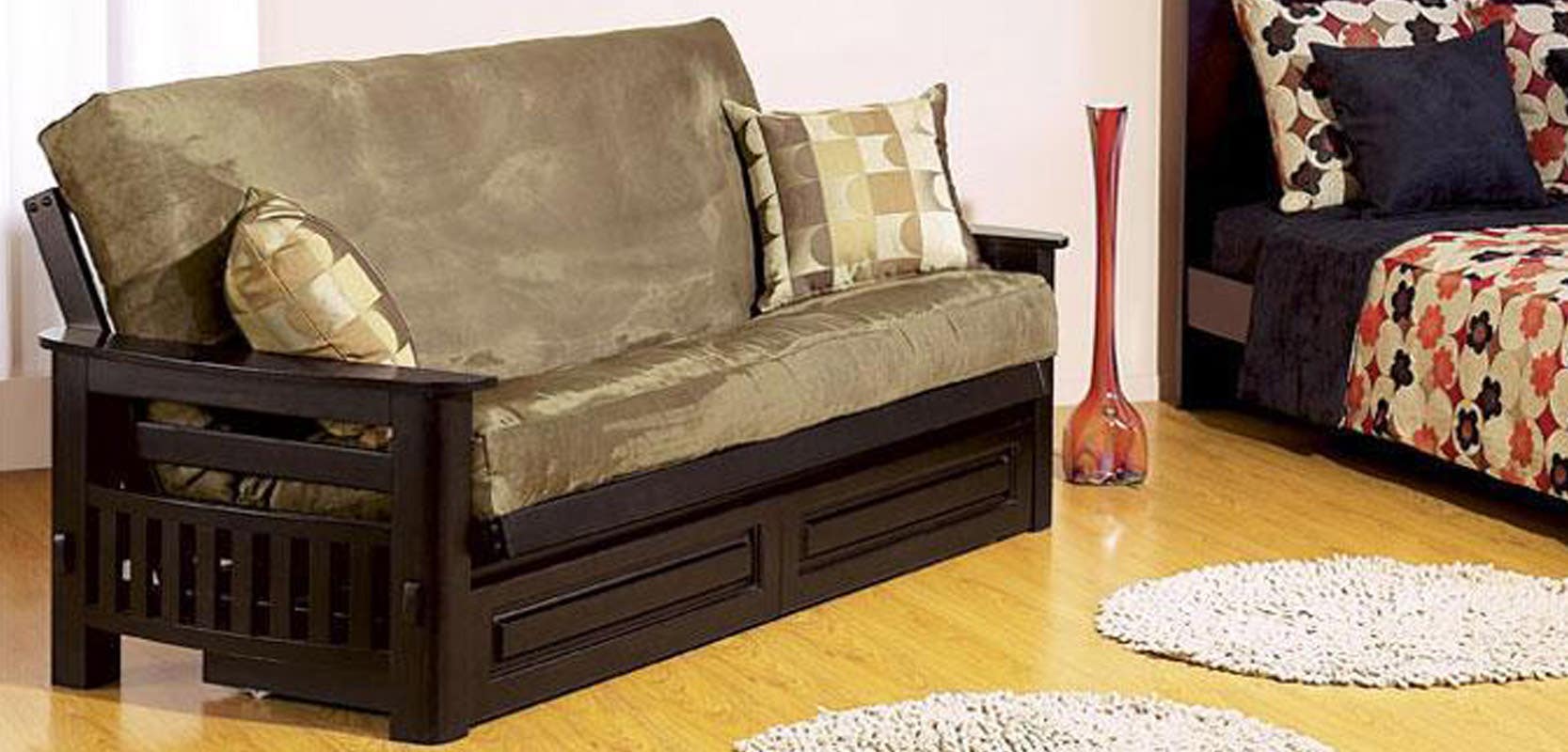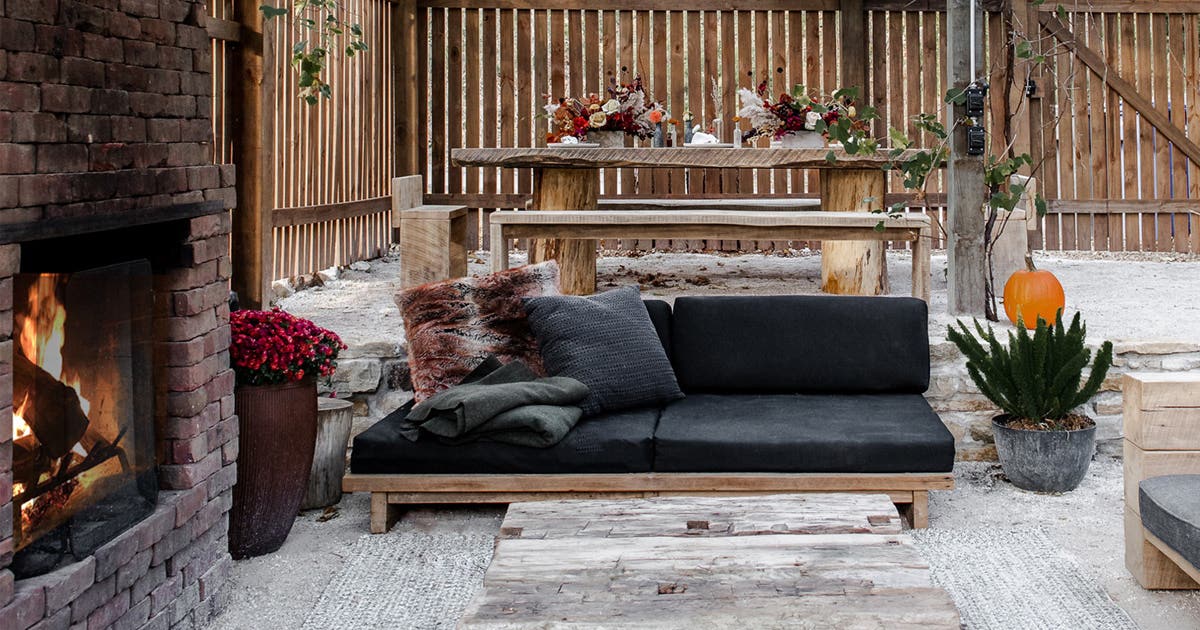
What is a Wood Finish?
A finish is a liquid, paste, or gel that can be spread thinly onto wood. The two basic types of finishes differ in how they interact with the wood. One forms a coating or film on the wood, while the other penetrates into the wood. Film finishes, which cure hard and can be built up in layers, include varnish, shellac, lacquer, water and latex based semitransparent stains, and solid-color stains. Penetrating finishes are oil-based and don’t cure to a hard film. These include oil finishes, such as tung and linseed oil, and oil-based stains.
Wood finishes can include a number of components, but their main composition consists of a pigment (or dye), a solvent and a binder. To make sure the pigment particles stay on the wood, a small amount of binder is added to the mix. Binder is any sort of resin that will dry to a solid film and act like glue to hold the pigment onto the wood. Most stain binders are made of the same resins we use to make finishes. Pigments or dyes are used in wood stains to add color and hide flaws. They are mixed in with the solvent and binder (resin).
Resin is the natural or synthetic film-forming component of these finishes. (Resins are also called binders, especially when used in stains or paints, because they hold – or bind – the pigment to the wood surface.) Resins include acrylics, vinyls, alkyds, cellulosics, epoxies, polyurethanes, and oils. The type of resin determines the finish’s hardness, flexibility, and resistance to stains, solvents, and water.
Solvents and/or thinners are used to maintain the finish in liquid form. Solvents are needed to dissolve resins. Thinners are used to reduce viscosity (thickness) of the liquid. Some finishes contain both solvents and thinners. Solvent-based coatings typically use organic solvents such as alcohols, ketones, glycol ethers, petroleum distillates (mineral spirits, toluene, xylenes, and naphtha), and turpentine. The solvent in a waterborne coating is usually a glycol ether and water is used as a thinner.
In addition to the previous components, manufacturers of wood finish add additional components to add specific characteristics to the finish. These characteristics can affect the drying time of the finish, can prevent fungus and mildew growth or can act as thickeners. Synthetic resins derived from coal tar and petroleum have recently been used to replace the natural resins, and petroleum distillates have become more commonly used solvents. Although petroleum based distillates can provide more durable finishes, increased concern over the negative health impact of VOC’s has created a resurgence in the use of pure oils and shellacs containing natural ingredients as well as a move toward water based finishes.


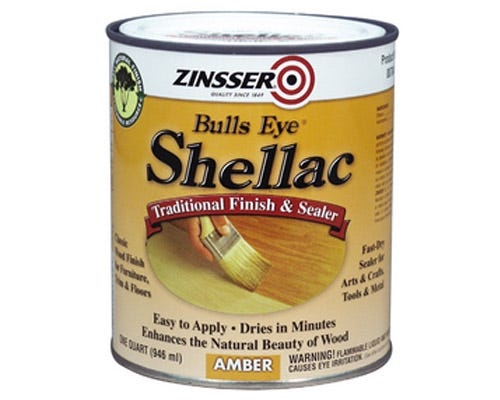
Shellacs
In its pure form, shellac is a natural resin secreted by the lac insect, found mostly in India and Thailand. Shellac cures as its solvent, alcohol, evaporates. Although it creates a brilliant shine, shellac’s uses are limited because of its susceptibility to damage from liquids and heat. Shellac is useful for touch-ups because it bonds well to most other finishes. Shellac is also used as a sealer and under-coat with lacquer or varnish and polyurethane. It may not be compatible as a sealer under certain polyurethanes, though, because of the natural wax it contains.
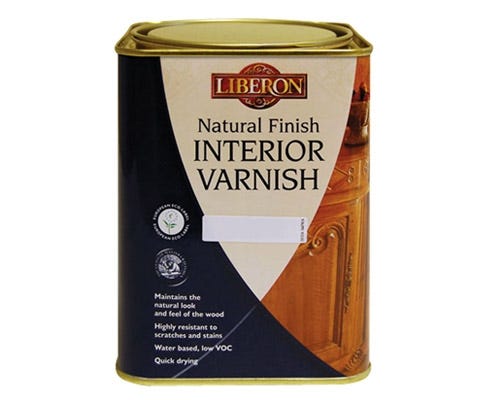
Varnishes
Technically, all resin-and-solvent mixes are varnishes. Shellac is a spirit varnish—it uses distilled spirits (denatured alcohol) as a solvent, while spar varnish uses a drying-type vegetable oil (typically tung oil) combined with phenolic resin. In today’s common usage, “varnish” means a mix of drying oil and a natural or artificial resin that is cooked (often with an inert-metal catalyst) to make a clear finish that is typically used indoors. Varnish, which cures by chemical reaction (polymerization), is known for good resistance to heat, solvents, and water. Alkyd and polyurethane varnishes, however, may contain high VOCs. Water-based varnishes using polyurethane or acrylic polymers have been developed that emit lower VOCs.
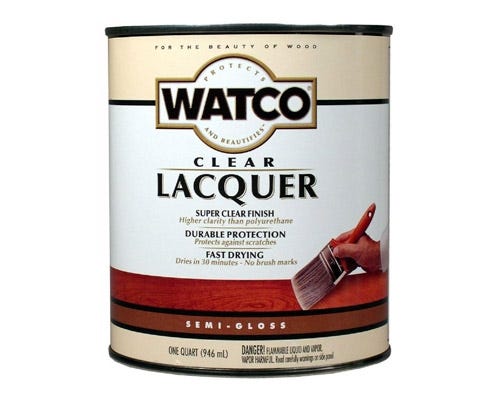
Lacquers
Lacquer is a clear finish best suited for accenting wood grain. It dries fast and is very durable. The most common type, nitrocellulose lacquer, uses a binder made from a natural polymer, cellulose, which is derived from wood or cotton. Lacquer thinner is a blend of solvents, which may include ketones and esters, alcohols, and fast-evaporating hydrocarbons such as toluene or xylene. Like shellac, lacquer cures by evaporation. Without a clear protective coating, it is easily scratched and susceptible to water damage. Another drawback to lacquer is its typically high solvent content.
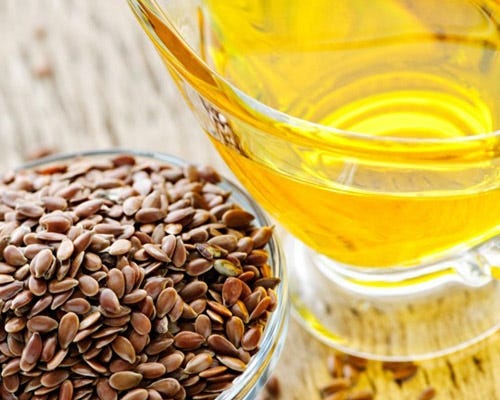
Natural oils
Linseed oil and tung oil are penetrating finishes that cure by absorbing oxygen from the air, a process that strengthens the finish. Linseed oil is extracted from flax seeds. Boiled linseed oil used in wood finishing has been mixed with chemical additives to hasten the drying time. Tung oil is derived from the nuts of trees that are native to Asia. These oils are durable, water-resistant, and easy to apply but require several coats and are slow-drying. Natural oils that have been heat-treated to increase gloss and hardness and reduce curing time are called polymerized oils.

Water-based
Water-based finishes are actually made up of droplets of solvent-based finish, usually acrylic or polyurethane, and a solvent, usually a glycol ether, with water functioning as a thinner. Water-based finishes cure by coalescing: the droplets of finish move closer together and interlock as the water evaporates. Water-based finishes offer minimal solvent fumes, easy cleanup, and good scuff resistance, but they may raise the wood grain and offer only moderate resistance to water, heat, and solvents. Wood Stains. A wood stain is a finish for wood that contains a dye or pigment. Stains typically impart a semi-transparent or opaque coating and are designed to change the color of a surface without concealing the grain pattern or surface texture. More and more homeowners, builders, and architects are turning to penetrating stains instead of paints, especially for exterior use. Unlike paints, which form a film on the surface, these stains soak into the wood, accenting the wood grain rather than hiding it. Stains become part of the wood, which helps to prevent the cracking, peeling, chipping, or blistering that commonly occurs with paints.

Exterior stains
Exterior stains are used primarily on wood siding, shingles, decks and outdoor structures, and furniture. They are available in latex- and oil-based formulas. Oil-based semi-transparent stains offer the best protection of wood fully exposed to weather; they can also be used on new or weathered wood, or wood previously finished with other penetrating finishes, without extensive surface preparation.
If a solid color is desired, latex opaque stains are preferable over oil-based opaque stains, since they are more flexible, have better color retention, and are less prone to mildew. However, extensive surface preparation is required for proper adhesion, and latex stains in general should not be used on structures exposed to direct sunlight.

Interior stains
Interior stains, used for furniture and woodwork, come in either pigmented or dye categories. Both can have an oil, synthetic, or water base. Pigmented stains color the wood with the same type of pigments used in paint. They range in color from almost clear to semi-transparent. They are easily applied with a brush or a rag, and are then wiped off to control the depth of the stain. An oil or polyurethane finish is often mixed with the stain, so the do-it-yourselfer can complete the staining and finishing job in one step. Some examples may include dark cherry or espresso finish.
Futon Frame Stains & Finishes
Everything You Need To Know About Futons






